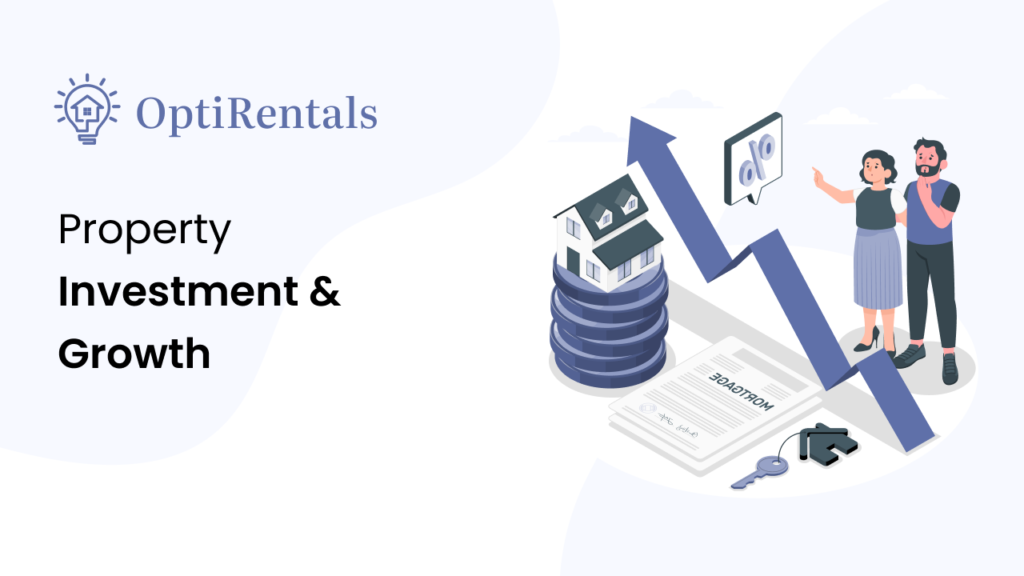Managing one property is a task in itself — managing multiple properties? That’s a whole new level! Whether you’re a seasoned real estate investor or just starting to expand your portfolio, staying organized and efficient is key. Here’s a step-by-step guide to help you handle multiple properties like a true professional.
1. Stay Organized with a Property Management System
Invest in a reliable property management software. Keeping track of tenants, leases, rent payments, maintenance requests, and expenses becomes a breeze when everything is in one place. Some popular options include Buildium, AppFolio, or even customized spreadsheets if you prefer.
2. Standardize Processes
Create standard operating procedures (SOPs) for common tasks — like tenant screening, move-in/move-out checklists, maintenance handling, and rent collection. This reduces decision fatigue and ensures consistency across all properties.
3. Schedule Regular Inspections
Don’t wait for a tenant to report a problem. Set up a schedule for routine property inspections. This helps you catch issues early and prevents costly repairs in the long run.
4. Delegate Smartly
Consider hiring property managers, maintenance teams, or even virtual assistants to help with day-to-day tasks. Delegating work allows you to focus on scaling and making strategic decisions rather than getting bogged down in minor details.
5. Automate Rent Collection & Payments
Make use of online payment portals for rent collection. Automating this process reduces the risk of missed payments and saves you from chasing tenants each month. It also simplifies accounting when tax season arrives.
6. Keep Financials Transparent
Track your income, expenses, and ROI for each property separately. Tools like QuickBooks or property-specific finance apps can make this process seamless. Knowing which properties are performing well will guide your future investment decisions.
7. Stay Updated on Local Laws & Regulations
Different properties may be in different cities or states, each with its own set of landlord-tenant laws. Stay informed and compliant to avoid legal issues. Consider consulting a real estate attorney when needed.
8. Prioritize Tenant Relationships
Happy tenants = fewer vacancies. Communicate clearly, respond to concerns promptly, and create a positive living experience. This will increase lease renewals and reduce turnover costs.
9. Plan for Vacancies & Emergencies
Always keep a contingency fund for unexpected repairs or vacancies. It’s crucial to have a financial cushion to handle periods without rental income or surprise expenses.
10. Continuously Educate Yourself
The real estate market is constantly evolving. Attend seminars, read industry blogs, network with other property managers, and stay ahead of trends to ensure you’re always improving your property management skills.
Final Thoughts
Managing multiple properties doesn’t have to be overwhelming. With the right systems, tools, and mindset, you can run your portfolio smoothly, grow your investment, and enjoy the rewards of being a pro landlord.



